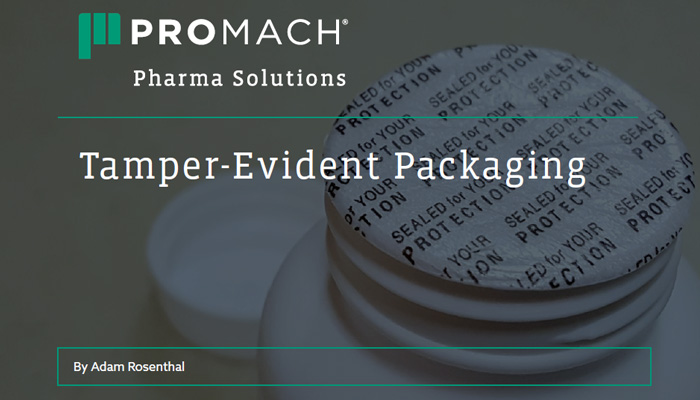
In a new article from Adam Rosenthal, Director of Marketing for ProMach Pharma, he discusses the tamper-evident packaging regulations in the United States and how these events of the 1980s led to the implementation of strict regulations. In the 1980’s, several incidents involving tampered-with or poisoned drugs resulted in consumer deaths. Investigations revealed that the manufacturing process was not responsible for the contamination; instead, the medicines had been laced with poisons after reaching the retail shelves. This raised concerns about the security and safety of over-the-counter (OTC) drugs.
As a response to these incidents, the Code of Federal Regulations (CFR) was introduced by the FDA in 1989, mandating tamper-evident packaging for most OTC drugs. The regulations require manufacturers and packers of OTC drugs (excluding certain products) to use tamper-evident packaging that provides visible evidence to consumers if tampering has occurred. The article highlights two common methods used to meet these requirements.
The first method involves the use of induction seals, which are placed at the opening of the bottle containing the medicine. These seals must be torn or broken to access the product, making tampering visually obvious. The second method involves applying tamper-evident labels to the carton or packaging of the medicinal product. These labels are designed to be destroyed if someone attempts to open the carton, thus indicating tampering. They are also designed with distinctive features to prevent easy duplication by perpetrators.
Read more in the informational article on Pharma Packaging News here.

